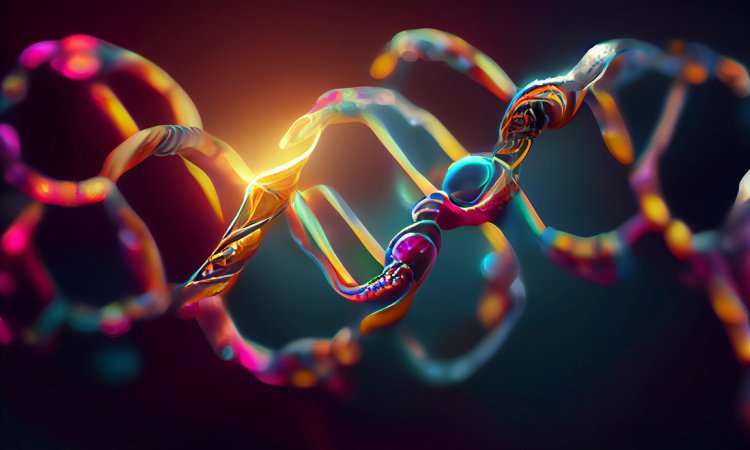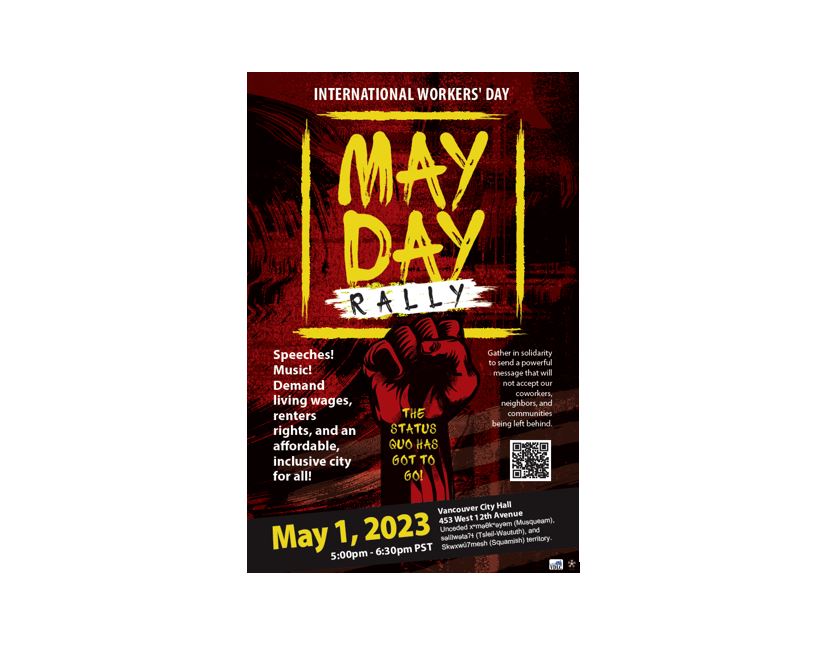Advanced CRISPR: Achieving Higher Accuracy In Gene Modification

Table of Contents
Minimizing Off-Target Effects in CRISPR-Cas9
The inherent challenge with CRISPR-Cas9 is the potential for the Cas9 enzyme to cut DNA at unintended sites, leading to off-target mutations. Significant progress has been made in mitigating this risk through various strategies.
Optimized Guide RNA Design
The specificity of CRISPR-Cas9 is largely determined by the guide RNA (gRNA), a short RNA molecule that directs the Cas9 enzyme to the target DNA sequence. Improving gRNA design is crucial for minimizing off-target effects.
- Computational Tools: Several advanced algorithms are available to predict and optimize gRNA design, including Benchling, CHOPCHOP, and numerous other CRISPR design tools. These tools analyze the genome sequence to identify gRNAs with high on-target activity and low off-target potential.
- gRNA Length and Secondary Structure: The length and secondary structure of the gRNA significantly influence its specificity. Careful selection of gRNAs with optimal length and minimal secondary structure can improve targeting accuracy.
- Multiple gRNAs: Using multiple gRNAs targeting different sites within the target gene can increase the efficiency of gene editing while reducing the likelihood of off-target effects. This strategy leverages the fact that it is less likely that multiple gRNAs would all have significant off-target activity.
Enhanced Cas9 Variants
Researchers have engineered high-fidelity Cas9 variants with significantly reduced off-target activity while retaining their on-target efficacy.
- SpCas9-HF1 and eSpCas9: These are examples of high-fidelity Cas9 variants that have shown a marked reduction in off-target cuts compared to the wild-type Cas9 enzyme. Their improved specificity stems from modifications in the enzyme's structure that enhance its ability to discriminate between the target and off-target sites.
- Mechanism of Action: High-fidelity Cas9 variants typically achieve improved specificity through alterations that increase the enzyme’s stringency for base pairing with the target DNA sequence.
- Successful Applications: These variants have already proven effective in various applications, demonstrating their potential to enhance the precision of gene editing in research and therapeutic settings.
Utilizing Nuclease-Dead Cas9 (dCas9) for Targeted Epigenetic Modifications
Nuclease-dead Cas9 (dCas9), a deactivated version of Cas9 that cannot cut DNA, can be fused with epigenetic modifiers to precisely regulate gene expression without causing DNA cleavage.
- Gene Activation/Repression: dCas9 fused with activators or repressors can be targeted to specific genomic loci to modulate the expression of genes of interest.
- Advantages over Gene Knockouts: This approach offers a reversible and fine-tuned control over gene expression, unlike traditional gene knockout strategies which permanently disrupt gene function.
- Therapeutic Potential: Targeted epigenetic modification using dCas9 holds immense therapeutic potential for treating diseases caused by aberrant gene expression.
Exploring Next-Generation CRISPR Technologies
Beyond refined CRISPR-Cas9 systems, several next-generation technologies offer even higher levels of precision in gene editing.
Base Editing
Base editing technologies, such as cytosine base editors (CBEs) and adenine base editors (ABEs), enable precise single-base changes without causing double-stranded DNA breaks.
- Mechanism of Action: Base editors consist of a deactivated Cas9 fused to a deaminase enzyme, which catalyzes the conversion of one base to another.
- Advantages and Limitations: Base editing offers higher precision than CRISPR-Cas9, but it is limited to specific types of base conversions.
- Applications: Base editing is particularly useful for correcting point mutations that cause genetic disorders.
Prime Editing
Prime editing represents a significant advance, allowing for targeted insertions, deletions, and all 12 possible base-to-base conversions without double-stranded DNA breaks.
- Mechanism of Prime Editing: Prime editing employs a reverse transcriptase enzyme to precisely rewrite a targeted DNA sequence.
- Advantages: Prime editing provides a greater level of flexibility and precision than both base editing and traditional CRISPR-Cas9.
- Limitations and Future Prospects: While highly promising, prime editing is still under development and has some limitations in terms of efficiency and delivery.
Paired Nickases
Employing paired nickases, which create single-stranded DNA breaks, enhances specificity by requiring two cuts for complete DNA cleavage. This dual-cut mechanism significantly reduces off-target effects.
- Mechanism of Paired Nickases: Two modified Cas9 enzymes, each targeting a different strand of the DNA duplex, create nicks at the target site.
- Advantages: The requirement for two precisely positioned cuts dramatically enhances the accuracy of gene editing.
- Applications in Gene Therapy: Paired nickases are showing promising results in preclinical studies for gene therapy applications.
Advanced Delivery Methods for Improved CRISPR Efficacy
Efficient delivery of CRISPR components to the target cells or tissues is critical for successful gene editing. Advancements in delivery methods are playing a key role in enhancing CRISPR's overall efficacy.
Viral Vectors
Viral vectors, such as adeno-associated viruses (AAVs) and lentiviruses, are widely used for delivering CRISPR components due to their ability to efficiently transduce cells.
- Advantages and Disadvantages: Viral vectors offer high transduction efficiency but may have limitations in terms of cargo size and immunogenicity.
- Improved Targeting and Efficiency: Researchers are developing strategies to enhance the targeting and efficiency of viral vectors for more precise delivery of CRISPR components.
- Gene Therapy Considerations: The safety and immunogenicity of viral vectors are important considerations in gene therapy applications.
Non-Viral Delivery Methods
Non-viral methods, including lipid nanoparticles and electroporation, offer alternatives to viral delivery with improved safety profiles.
- Advantages and Disadvantages: Non-viral methods generally have lower immunogenicity and higher scalability than viral methods but can show reduced efficiency in some cases.
- Comparison with Viral Delivery: The choice between viral and non-viral delivery depends on several factors, including the target cell type, the size of the CRISPR components, and the desired level of efficiency.
- Potential for Improved Safety and Scalability: Non-viral delivery holds significant promise for broader applications, particularly in large-scale gene therapy trials.
Conclusion
The field of CRISPR gene editing is rapidly evolving, with significant advancements in accuracy and precision continuously being made. Strategies to minimize off-target effects, coupled with the development of sophisticated technologies like base editing and prime editing, are transforming the landscape of gene modification. These advancements are not only improving the safety and efficiency of gene editing but are also expanding its potential applications in gene therapy and genome engineering. The ongoing research in advanced CRISPR holds immense promise for revolutionizing medicine and biotechnology. To learn more about the exciting possibilities of precise gene editing, explore resources from leading research institutions and scientific publications. The future of gene editing is bright, and the quest for even greater accuracy in advanced CRISPR continues to drive innovation in this transformative field.

Featured Posts
-
 Experience Gorillazs First Three Albums Live Exclusive London Gigs
May 30, 2025
Experience Gorillazs First Three Albums Live Exclusive London Gigs
May 30, 2025 -
 Frankenstein Del Toros Cryptic Teaser Sparks Debate Among Horror Fans
May 30, 2025
Frankenstein Del Toros Cryptic Teaser Sparks Debate Among Horror Fans
May 30, 2025 -
 Knee Injury Casper Ruuds Early Roland Garros Exit
May 30, 2025
Knee Injury Casper Ruuds Early Roland Garros Exit
May 30, 2025 -
 Manchester United Star Faces Question Mark After Amorims Comments
May 30, 2025
Manchester United Star Faces Question Mark After Amorims Comments
May 30, 2025 -
 Southern California Bioluminescent Waves Peak Seasons And Best Beaches
May 30, 2025
Southern California Bioluminescent Waves Peak Seasons And Best Beaches
May 30, 2025
Latest Posts
-
 Munichs Bmw Open 2025 Zverev Battles Griekspoor In Quarter Finals
May 31, 2025
Munichs Bmw Open 2025 Zverev Battles Griekspoor In Quarter Finals
May 31, 2025 -
 May Day Rally In Kingston Images Show Strength And Solidarity Daily Freeman
May 31, 2025
May Day Rally In Kingston Images Show Strength And Solidarity Daily Freeman
May 31, 2025 -
 Bmw Open 2025 Zverev Griekspoor Quarter Final Showdown In Munich
May 31, 2025
Bmw Open 2025 Zverev Griekspoor Quarter Final Showdown In Munich
May 31, 2025 -
 Indian Wells Surprise Zverevs First Match Exit And His Honest Assessment
May 31, 2025
Indian Wells Surprise Zverevs First Match Exit And His Honest Assessment
May 31, 2025 -
 Trump Administration Loses Key Advisor Elon Musks Resignation Explained
May 31, 2025
Trump Administration Loses Key Advisor Elon Musks Resignation Explained
May 31, 2025
